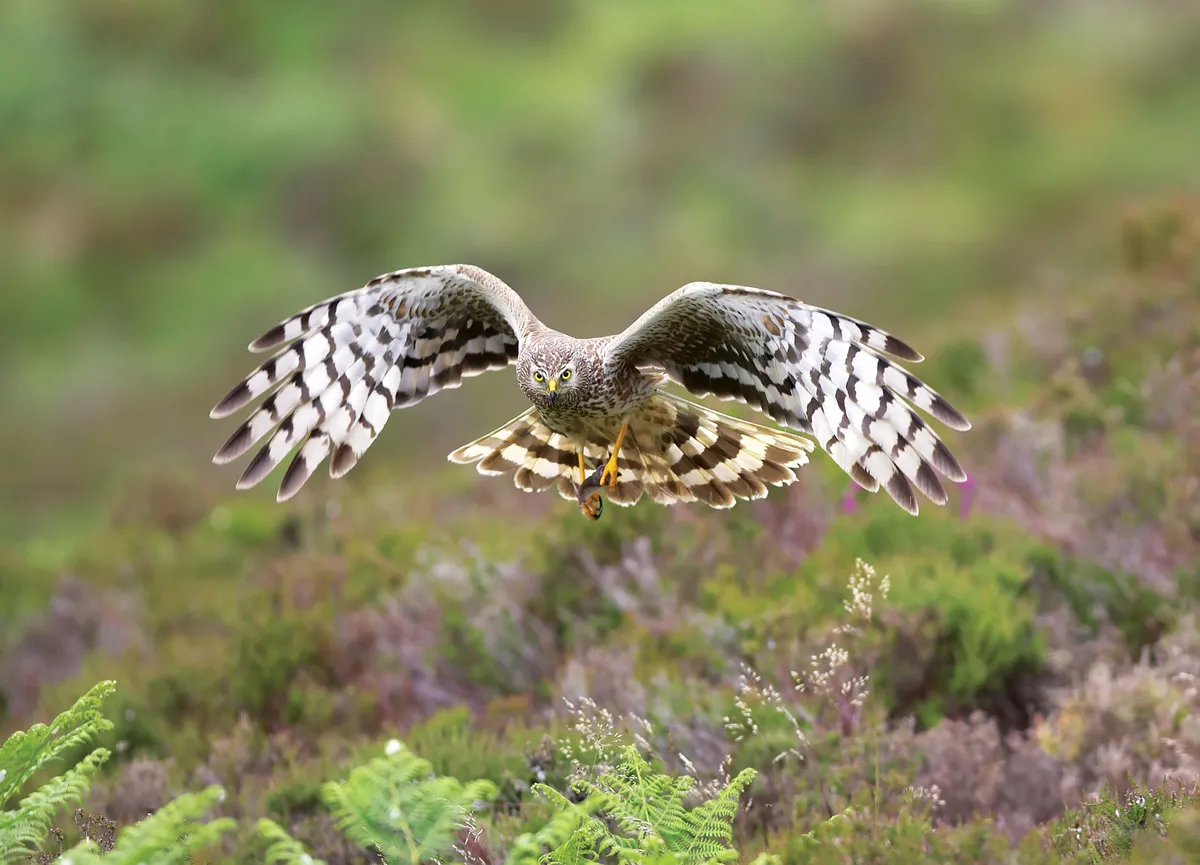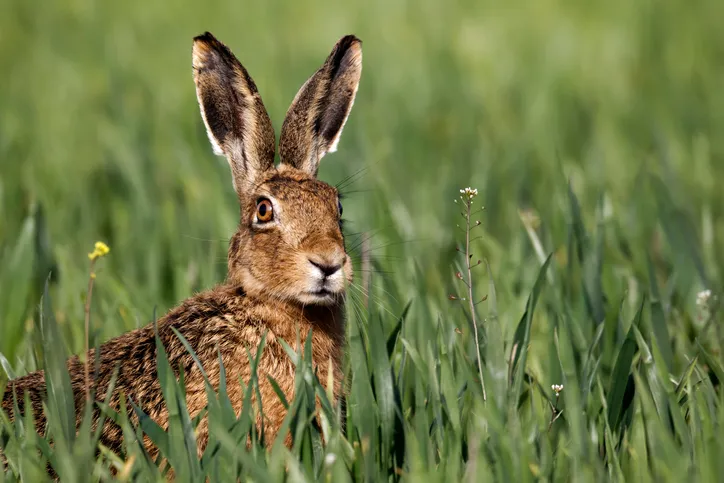It’s fair to say that Chanctonbury Ring has a reputation. Eerie stories abound, and some say you’ll summon the Devil if you sprint round this prehistoric hill fort seven times.
It’s an uncanny place at any time of year, but in the blue-skied days of January, the witchy-fingered, winter-bare trees are shrouded with a gentler enchantment.

Visit today, and it’s hard to imagine this ditch-encircled earth rampart without its crown of beeches. But they are a later addition, planted in 1760 by a local aristocrat. (Few remain from that date, however; the Great Storm of 1987 claimed many casualties.) The site’s origins lie much further back, in the late Bronze or early Iron Age. As to its purpose, there’s little agreement: this could have been a defensive position, a stock enclosure or a religious shrine.
Dykes and barrows
Abandoned in the mid-fourth century BC, the hill was in use again 500 years later, this time as a place of worship.
The remains of its two Romano-Celtic temples are buried beneath the ground, but archaeological digs have unearthed window glass, oyster shells, coins and pottery shards. The discovery of numerous pig skull and jaw fragments at one of the temple sites have led to suggestions it may have been dedicated to a boar cult.

Chanctonbury Ring is one of a number of important archaeological sites in the area, and various ancient dykes and barrows can be found nearby. These include rare saucer barrows and hlaews (burial monuments), which were built as the final resting place for high-ranking individuals in Anglo-Saxon or Viking times. Human remains were found in another barrow 400m to the west of the fort, together with an early-Bronze-Age dagger. Sadly, medieval grave robbers are thought to have made away with many more finds.
Creatures of the hill
The past is palpable in this place, but even in the middle of winter there’s activity, too. Raptors float high above the hill: buzzards, peregrines, the occasional hen harrier and hobby. Redwings, fieldfares and waxwings scavenge busily for the last remaining berries, and a brown hare might be glimpsed among the winter stubble – a magical midwinter sight. And, says South Downs National Park lead ranger Tom Parry, “If you wrap up warm and stay out till dark, you’ll likely see barn owls quartering the field margins in the full moon, and perhaps even a woodcock flitting like a ghost into the darkness.”

